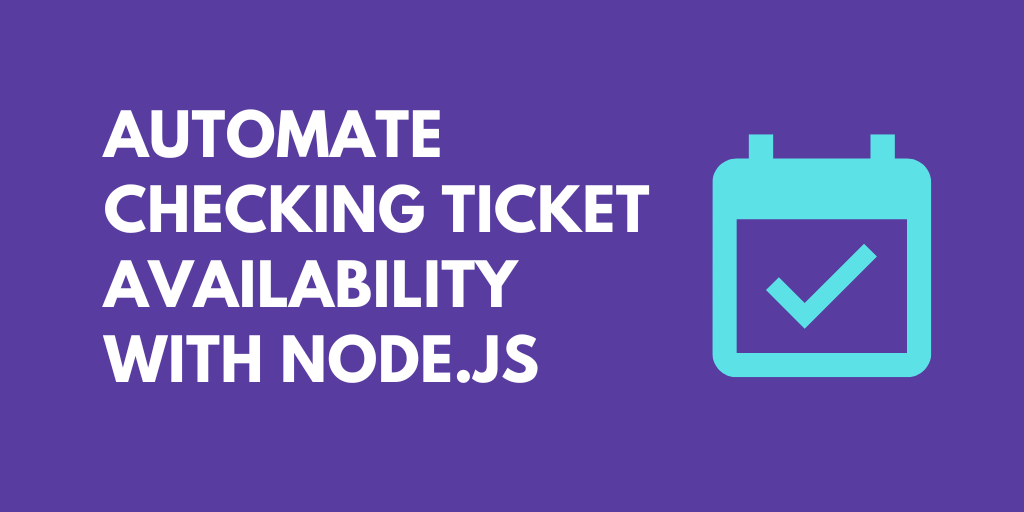What do you want to automate
with CodeQR and Node?
Prompt, edit and deploy AI agents that connect to CodeQR, Node and 3,000+ other apps in seconds.
Trusted by 1,000,000+ developers from startups to Fortune 500 companies
Popular CodeQR and Node Actions#
Creates a short link in CodeQR using the CodeQR API. See the documentation
Write custom Node.js code and use any of the 400k+ npm packages available. Refer to the Pipedream Node docs to learn more.
Creates a new QR Code in CodeQR using the QR Codes API. See the documentation
Deletes a short link in CodeQR by linkId or externalId. See the documentation
Deletes a QR Code in CodeQR by qrcodeId or externalId. See the documentation
Overview of CodeQR#
The CodeQR API enables you to create and manage dynamic QR Codes, shorten URLs, capture leads, and track engagement through powerful analytics. By integrating CodeQR with Pipedream, you can automate the generation of QR Codes and short links across a wide range of workflows — from marketing automation to customer support — and seamlessly connect these actions to over 2,500 apps.
Connect CodeQR#
import { axios } from "@pipedream/platform"
export default defineComponent({
props: {
codeqr: {
type: "app",
app: "codeqr",
}
},
async run({steps, $}) {
return await axios($, {
url: `https://api.codeqr.io/links/count`,
headers: {
Authorization: `Bearer ${this.codeqr.$auth.oauth_access_token}`,
},
})
},
})
Overview of Node#
Develop, run and deploy your Node.js code in Pipedream workflows, using it between no-code steps, with connected accounts, or integrate Data Stores and File Stores
This includes installing NPM packages, within your code without having to manage a package.json file or running npm install.
Below is an example of installing the axios package in a Pipedream Node.js code step. Pipedream imports the axios package, performs the API request, and shares the response with subsequent workflow steps:
Connect Node#
// To use previous step data, pass the `steps` object to the run() function
export default defineComponent({
async run({ steps, $ }) {
// Return data to use it in future steps
return steps.trigger.event
},
})Community Posts#
